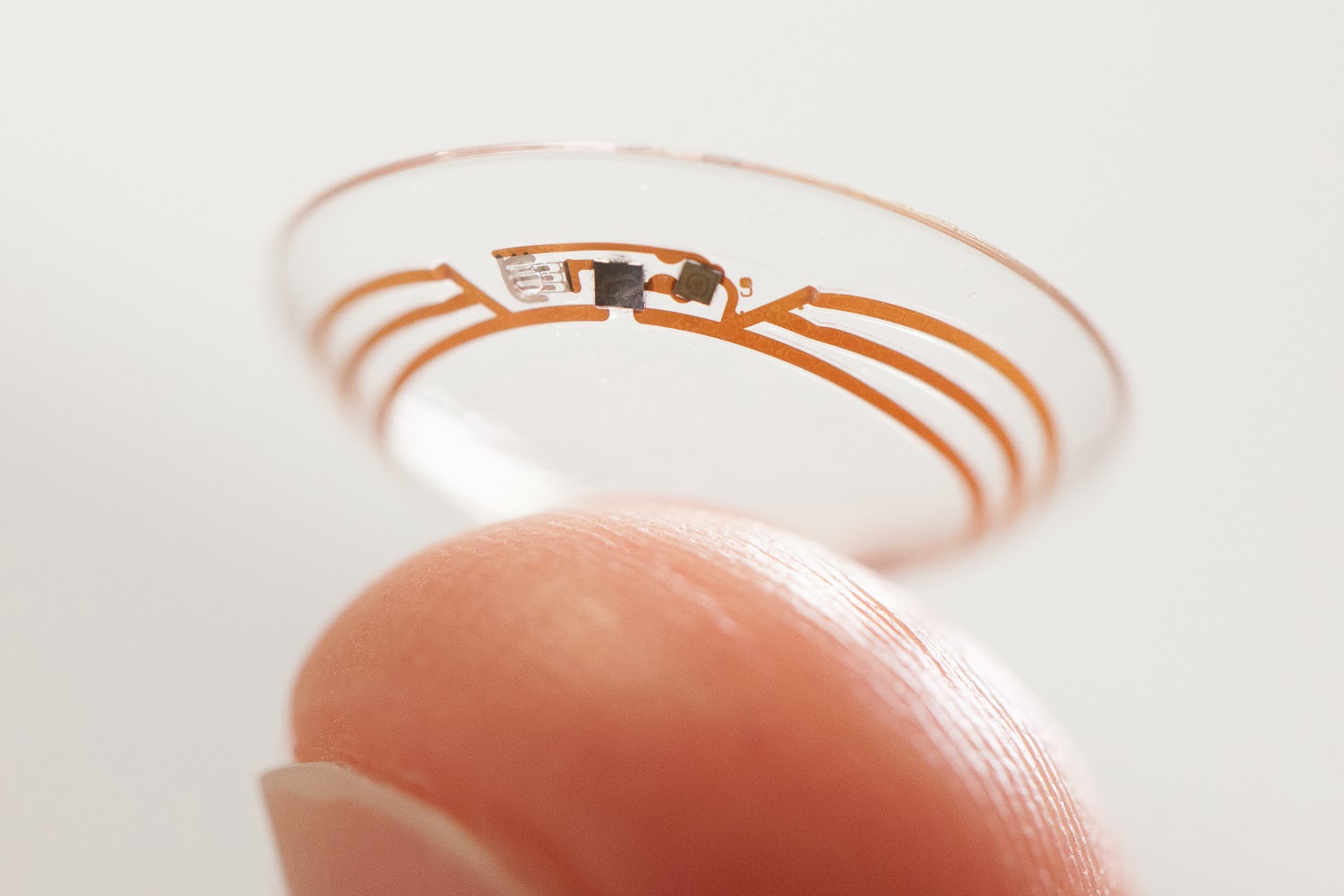Google attracted the headlines yesterday with their prototype smart contact lens that helps diabetes sufferers.
The concept is an example of what’s possible with the next generation of tiny, low powered computers and illustrates how microchips can be slimmed down for a relatively dumb device.
Liz Gannes at Re/Code received a briefing from Google on the details of the device and quotes project lead Brian Otis as saying that the lens is “the flip side of Moore’s Law.”
Moore’s law
For most of the microchip era the focus has been on increasing the number of transistors we could fit in a square inch of silicon, this was the basis of Moore’s law — that the number of transistors on integrated circuits will double every year.
Co-founder of Intel, Gordon Moore, proposed this rule in 1965 and it has held fairly constant every since.
Now we may be seeing the trend heading the other way as developers focus on what can be achieved with the bare minimum of computing power.
Google’s smart contact lens shows how simplifying devices for specific tasks makes them more affordable and suitable for low power devices.
While the internet of things won’t kill Moore’s Law, it does change the basis of how we think about advances in microchip technology.
